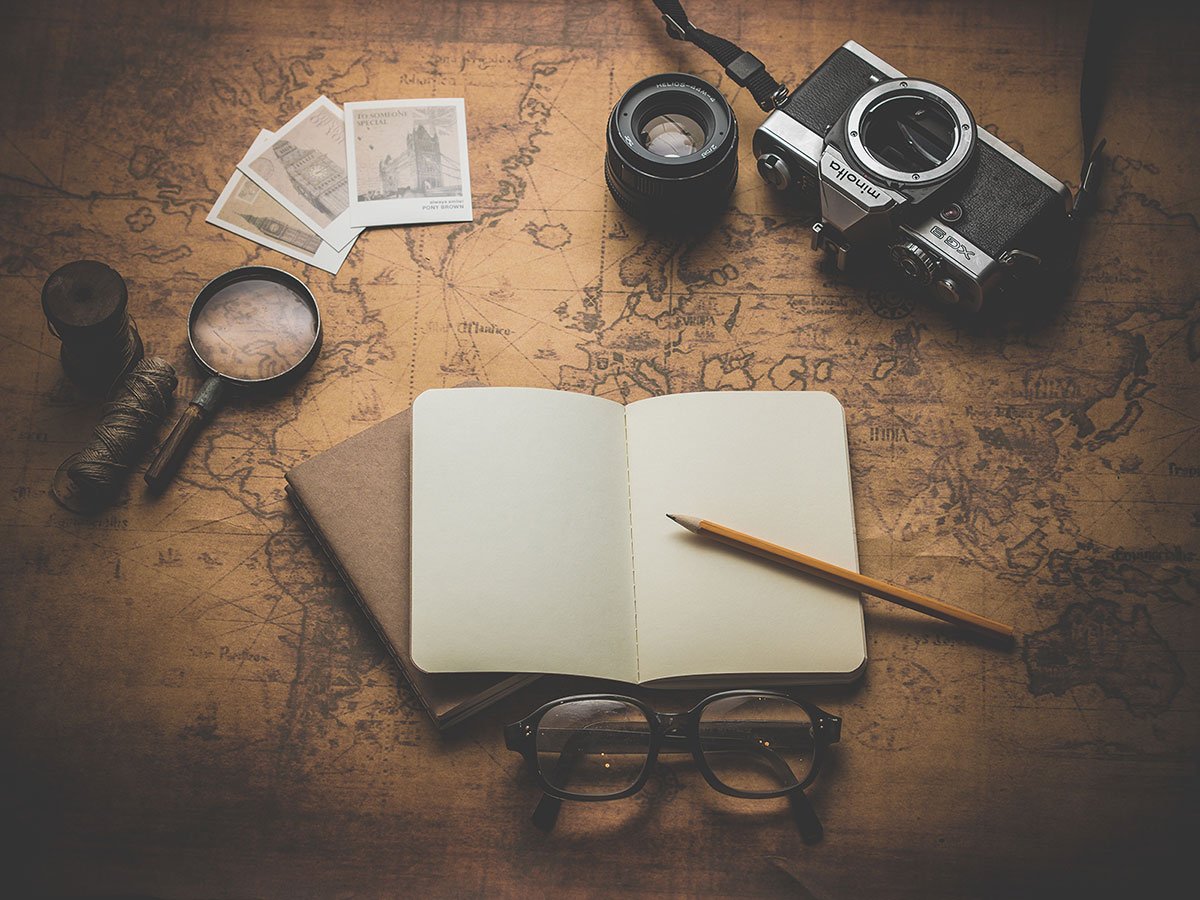
Shooting with DSLR could be a fantastic experience if using properly. It will help capture valuable moment that you will never forget. As the DSLR technology advancing it will integrate more features like sophisticated light sensors and composition analyzing algorithms to deliver great photos. With proper settings on your camera and right way to operate, you can shoot some photos like professional photographers. DSLR can output RAW digital images, allow you to adjust or improve by post photo retouching. With tools like photoshop you can also create some amazing effect that even hardly be seen in a real environment.
The main purpose of a wedding photographer is to capture the true essence of love and splendour on this significant occasion. As a protagonist of this tale, you have a duty to aid the photographer by creating the most captivating matrimonial setting. This is why you should pay close attention to these details:
The Mesmerizing Venue
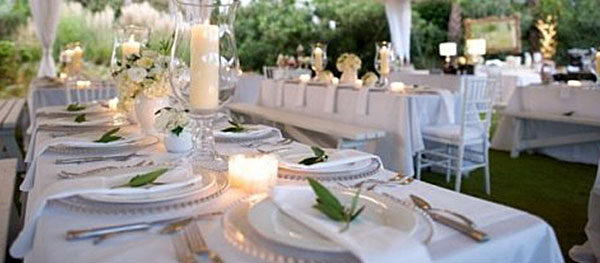
The location of the event is going to be quite a significant aspect of the wedding photos. Surely you want your background depicting flawless nature and beautiful decoration. One of the most important factors is definitely going to be the lighting in the venue. Unfortunately, you can never rely on the mixture of natural and ambient lighting to do the trick. Make sure to work with your photographer to enable quality lighting so he would be able to capture the complete wonder of the venue. Another thing to keep in mind is that contrasting colours and textures have the ability to add a divine touch to a photograph.
The Amazing Wedding Cake
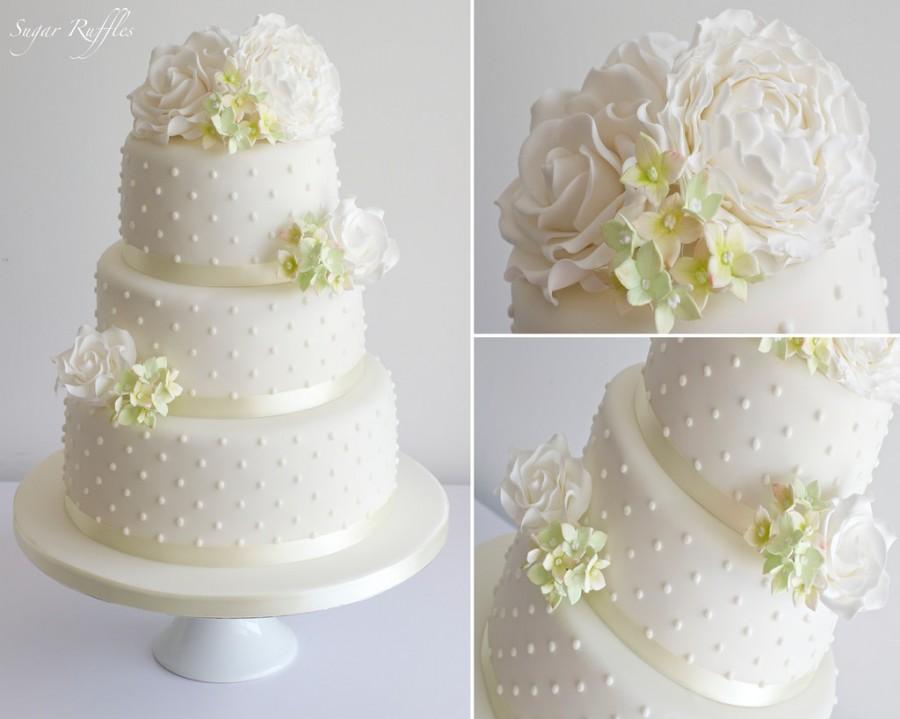
There is that age-old tradition that couples should save a piece of their wedding cake years after the ceremony. And while this folklore is quite meaningful, there is no better way to make a memory of the wedding cake than to photograph it in its full richness. If you want your cake to look magical make sure to add candles around the cake and invest in some luxury silk linen. You could always add some monogrammed letters or words to achieve that wow effect on the wedding photos.
The Wallop of the Guests
While nobody expects you to run around on your wedding day and teach your guests how to behave, if you really want to catch the frolic of your loved ones, it is quite recommendable to set some ground rules. Firstly, you should kindly ask your guests to put down their phones and simply enjoy the event. You surely do not want tons of wedding photos where your guests have their faces buried in the phones. Also, communicate with your photographer to do some work “from the shadow.” This way he will be able to capture spontaneous moments, the truest smiles and tears of joy of your closest friends and family.
The Beauty of the Bride
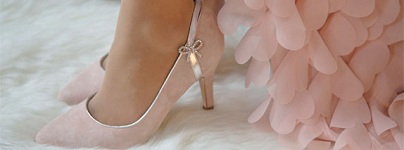
Lastly, what needs to be remembered is how you looked on that divine day. The choice of the dress is one of the most important parts, so make sure to keep in mind that silk and satin have the tendency to add grandeur and dignity to photos. Also, the lace details of your veil will give a whimsical touch to the complete setting, while a close-up of your bridal shoes will show the full grandiosity of your look on this special occasion. Do not underestimate the power of makeup. The balance is key here, as you do not want to look neither trashy nor bland.
One day, when you look back on your special day, what memories are going to be the most vivid ones? Are you going to remember the gown you wore and the tender smile of your loved ones? Make sure that all these memories count.
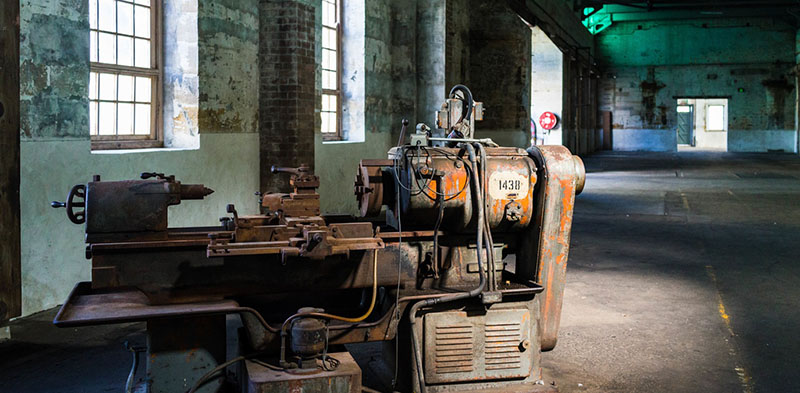
New Zealand's country roads become blocked by flocks of herded sheep. From Australia to Armenia, shearing season offers the photographer a chance to cover farm workers in their manic and distorted ballet of wool and sharp blades. Focusing on the efforts of a single worker and/or animal will often yield better results than trying to capture the whole scene, especially when the work takes place inside a dimly lit shed. It's easier to control light in a confined or tight environment than a vast one.
Lunch breaks photography
Come lunchtime, people pour out onto the streets. Smokers congregate in their exclusion zones, others seek solitude on the same end of the same bench in the same park eating the same sandwiches every day for 20 years. In the summer, parks in central London fill with ofiice workers seeking a quick tan. In Mumbai there's a thriving business of tiflin deliverers who pick up lunch boxes from the homes of doting wives, deliver them to the correct husband/ofiice and collect and return the emptied tins afterwards.
Factories and workshops photograhy
Afternoons can get a little hot and drab for street shooting, so seeking access into an oflice or work- space will expand your horizons. Artisans are people with a passion for their work, and photograph- ing people engrossed in their creative process inevitably makes your work more imaginative, too. Try shooting an artisan as you would do a portrait. It’s not so much a matter of fancy effects or distorted angles, but more a careful study of concentration and practised repetition. The good thing is that, be your subject a Bengali mud cup potter, a Cuban cigar maker or a coppersmith in Aleppo, the nature of much craftwork is repetitive, allowing you to perfect angles and lighting in a few test cycles before the final cut. A professional photographer will use photo editing services to enhance his or her work.
the Venetian glassblowers on Murano Island work their rainbow coloured creations over open flame, which adds warm tones and atmosphere to an otherwise cold setting. Light streaming through high windows in a dusty factory becomes angular sheets illuminating individual cigar rollers or coppersmiths; think in terms of size and scale. When photographing weavers at their loom — like in the cottage industries of northern Laos - try shooting through the parallel lines of thread, focusing beyond them on the artisan at work. Some off-camera flash, using a snoot extension tube to light just the worker, will leave the rest of the scene realistically dull but now imbued with an element of hidden mystery. Thankfully, not all workplaces are drab and underlit. The fantasy coflin makers of Ghana often make and display their creations on the street. These final resting containers are carved as elaborate fish or elephants. Some caskets honour the life and career of the deceased (a giant shoe for the cobbler), their aspirations (customised Benz limousines) or —- perhaps the reason why they made it into an early grave — the beer and liquor bottle designs. A shot of the artisan lying inside one of his creations, for example, may work well.
Every travel photographer knows that the world is a wonderful place, of mountains, deserts, forests and lands. The problem is how to picture them with the travellers eye. Landscape is one of the great classic themes of photography, and for the whole of its history it has been married to travel photography. Nineteenth century pioneers such as John Thompson and Timothy O’Sullivan set out to show those at home what distant and unknown places looked like.
Landscape photography still contains an element of discovery, but as often as not it is a personal discovery. It is a human invention, and is the visual artist’s way of interpreting geography as an image.
When the writer Virginia Woolf was in Italy attempting to convey a sense of place, she concluded, "What one really records is the state of one’s mind." In other words, when trying to capture a scene, keep it personal and try to show what appeals to you rather than slavishly follow the accepted “ideal” viewpoints and subjects. There is no such thing as a single, perfect view, only views that have, through laziness, simply become accepted as the obvious.
Wide-angle or telephoto
Most landscapes are broad views of a place, and for the camera they tend to group them- selves into one of two camps: wide-angle and tele-photo. These two treatments both feel different and call for different technique and vision. Wide-angle landscapes are excellent at showing the full sweep of a large view, including the sky (which therefore needs to have some interest in it for the image to work at its best).
They are also capable of expanding the sense of depth in a scene by including a strong foreground — what Ansel Adams referred to as a “near-far" approach. For this, finding the exact view- point is important, one that pitches a close element, such as sunflowers in a Tuscan field or pebbles on a beach, with a distant element that is also strong.
A charterd aircraft, fixed-wing or (even better) a helicopter, comes close to photographer heaven. It is expensive, but the cost varies from country to country, and also depends on the location. The United States, for example, has a higher percentage of private aircraft than anywhere else, and close to National Parks there are likely to be aircraft with pilots used to doing short pleasure rides. The very first thing, which may decide your choice of aircraft and even if it is worth flying at all, is that you must be able to heave either your passenger window open or have the door taken off pre- flight. Photographing through plastic seriously reduces image quality. Not all pilots appreciate this, and not all are willing to open your side of the aircraft in flight, so check this point before anything else.
To make maximum use of expensive flying time, know in advance what subjects you are looking for and what kinds of image you will take; discuss these with the pilot, preferably over a map, as he or she will have to file a flight plan.
Instead of hiring helicopters, you may use drones for aerial photography, which gains popularity these days.
For more photography tips, please visit quick retouch.




